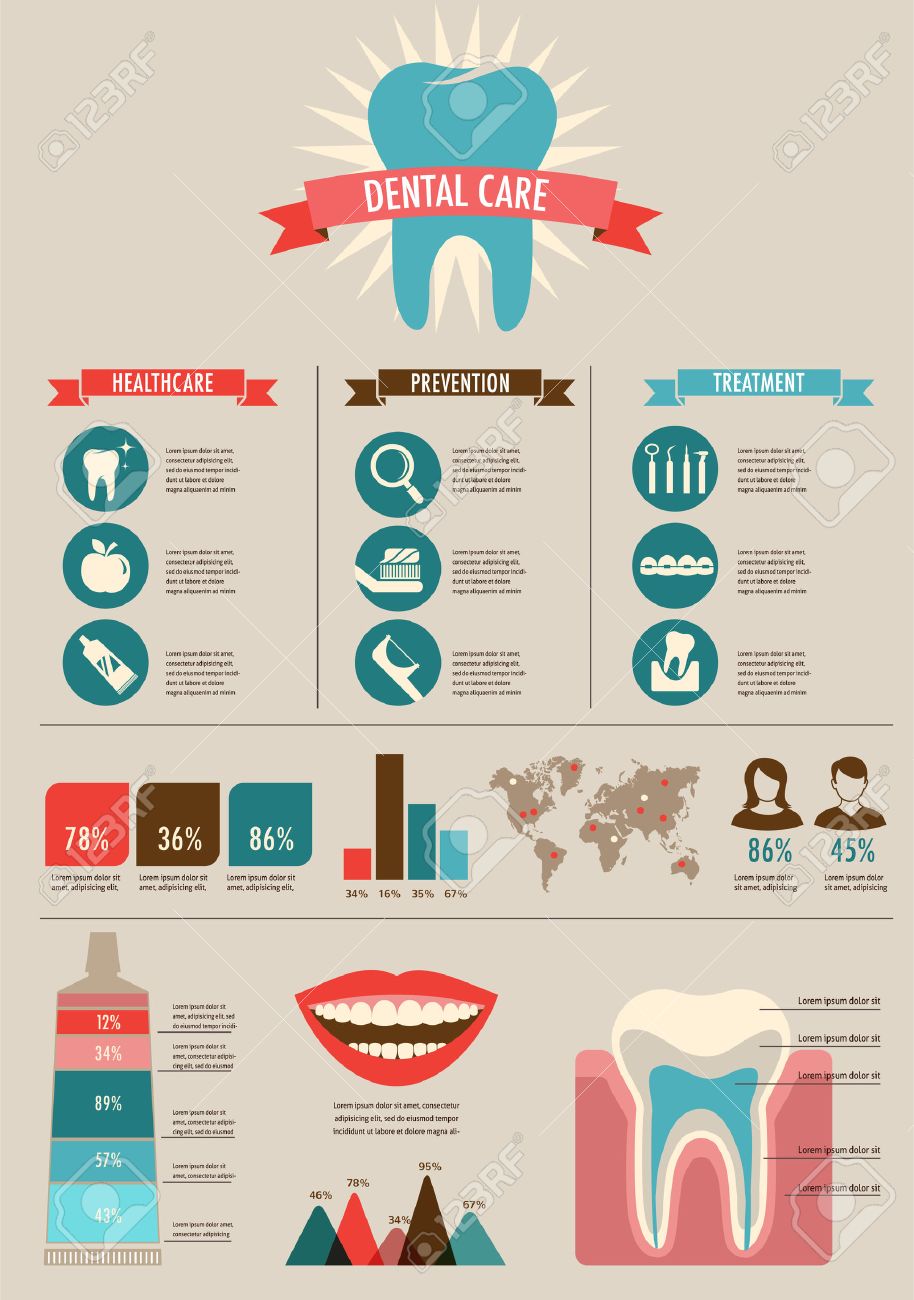The Evolution Of Dental Surgery: Emerging Technologies And Advancements Changing The Technique
The Evolution Of Dental Surgery: Emerging Technologies And Advancements Changing The Technique
Blog Article
https://rivercountry.newschannelnebraska.com/story/48817299/are-braces-cheaper-than-invisalign -Bendixen Dowd
Invite to the world of oral surgery, where innovations and breakthroughs are forming the future of the field! In this exciting world, you'll witness the transformative power of robotics, the advanced marvel of 3D printing, and the game-changing influence of minimally intrusive techniques.
The future of oral surgery holds a guarantee of accuracy, performance, and boosted person results. With https://bestcosmeticdentistatlant18653.theideasblog.com/33471626/just-how-to-plan-for-your-oral-implant-appointment-a-checklist of advanced robotics, surgeons are able to execute complex procedures with higher precision and control.
3D printing modern technology is reinventing the creation of dental implants and prosthetics, providing personalized solutions that fit effortlessly right into each client's special makeup.
Furthermore, minimally intrusive methods are minimizing post-operative pain and healing time, allowing people to return to their every day lives sooner.
Get austin dentistry to check out the exciting innovations and advances that are reshaping the landscape of dental surgery!
Developments in Robotics
One significant innovation in oral surgery is the use of robotic modern technology, which allows for exact and efficient surgeries. With the help of robotic systems, oral doctors have the ability to do intricate surgeries with boosted precision, decreasing the danger of human mistake.
These robot systems are outfitted with sophisticated imaging modern technology and exact tools that allow cosmetic surgeons to browse with elaborate anatomical structures effortlessly. By utilizing robot innovation, cosmetic surgeons can accomplish better medical accuracy, resulting in boosted patient results and faster recovery times.
On top of that, using robotics in dental surgery allows for minimally invasive treatments, reducing the trauma to surrounding tissues and advertising faster recovery.
3D Printing in Dental Surgery
To boost the field of dental surgery, you can explore the subtopic of 3D printing in dental surgery. This cutting-edge technology has the possible to revolutionize the means oral cosmetic surgeons run and treat people. Right here are four key methods which 3D printing is shaping the area:
- ** Personalized Surgical Guides **: 3D printing permits the production of highly precise and patient-specific surgical overviews, improving the precision and performance of procedures.
- ** Implant Prosthetics **: With 3D printing, oral surgeons can produce customized dental implant prosthetics that flawlessly fit an individual's distinct composition, causing better end results and patient complete satisfaction.
- ** Bone Grafting **: 3D printing enables the production of patient-specific bone grafts, decreasing the requirement for conventional implanting methods and boosting healing and recuperation time.
- ** Education and learning and Educating **: 3D printing can be utilized to produce sensible surgical designs for instructional functions, allowing dental specialists to practice intricate procedures prior to doing them on clients.
With its possible to enhance precision, personalization, and training, 3D printing is an exciting growth in the field of dental surgery.
Minimally Intrusive Methods
To further progress the area of oral surgery, accept the capacity of minimally invasive techniques that can significantly benefit both surgeons and patients alike.
Minimally intrusive strategies are reinventing the field by decreasing surgical injury, decreasing post-operative discomfort, and speeding up the healing process. These methods entail making use of smaller sized lacerations and specialized tools to do procedures with accuracy and efficiency.
By making use of advanced imaging technology, such as cone light beam calculated tomography (CBCT), doctors can properly prepare and implement surgical procedures with very little invasiveness.
In addition, using lasers in oral surgery allows for precise cells cutting and coagulation, leading to decreased bleeding and minimized healing time.
With minimally invasive techniques, clients can experience faster recovery, reduced scarring, and improved results, making it an important aspect of the future of dental surgery.
https://titusvbemn.bligblogging.com/33590451/contrasting-prices-dental-implants-vs-various-other-tooth-substitute-options , as you can see, the future of dental surgery is extremely encouraging, with interesting developments and advancements shaping the area.
From the advancements in robotics to making use of 3D printing and minimally intrusive techniques, dental specialists are reinventing the means they give treatment.
While some might fret about the potential cost associated with these developments, it is essential to bear in mind that these technologies inevitably enhance individual outcomes and minimize healing time, making them well worth the financial investment over time.
